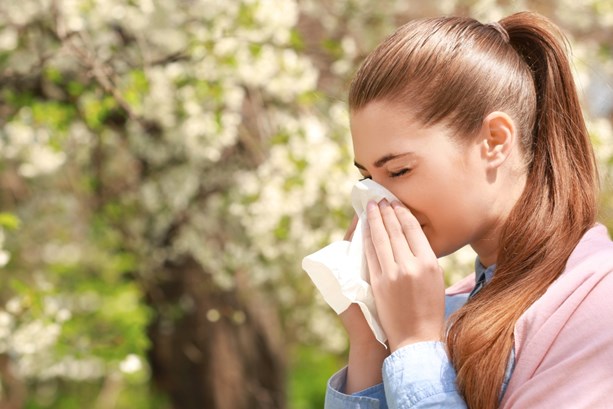Women have been documented to have more severe allergic reactions and incidents of anaphylaxis caused by food, medication, and insect bites than men. The culprit is estrogen according to a study conducted on mice by the National Institutes of Health and the National Institute of Allergy and Infectious Diseases.
Female mice, like human females, were found to experience much higher incidences of anaphylaxis than male mice. The researchers found that estradiol, a type of estrogen, was the cause of the increased allergic response in female mice. Estrogen influences blood vessels by increasing the levels and activity of endothelial nitric oxide synthase. Endothelial nitric oxide synthase is an enzyme that increases the level of nitric oxide in the blood and maintains the proper tone of blood vessels and prevents smooth muscle contractions.
Female mice that had the endothelial nitric oxide synthase genetically inhibited demonstrated allergic responses that were similar to male mice. The results have elucidated the difference in allergic response between male and female mammals for the first time. The researchers note that much more study in humans is needed before an efficient method of preventing allergic reactions in women without interfering with the beneficial qualities of estrogen can be made ready for public consumption.
Estrogen inhibitors are available through prescription. At this point in time it is not advisable to request an estrogen inhibitor to deal with severe allergic reactions. The better course and the safest treatment are to identify the allergen and eliminate that allergen.








